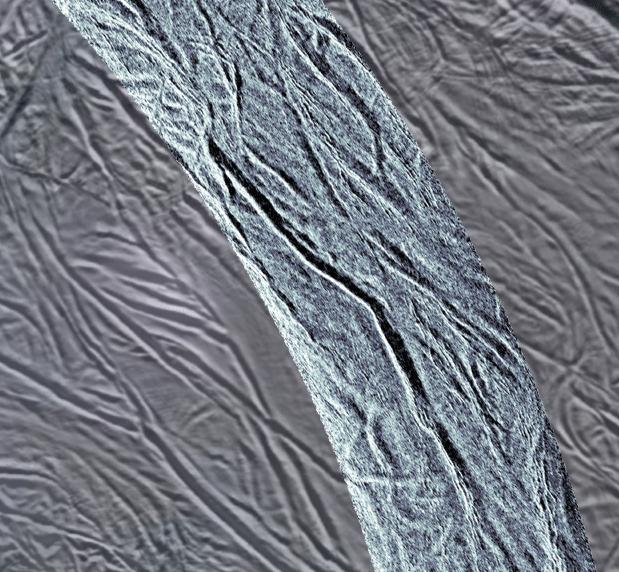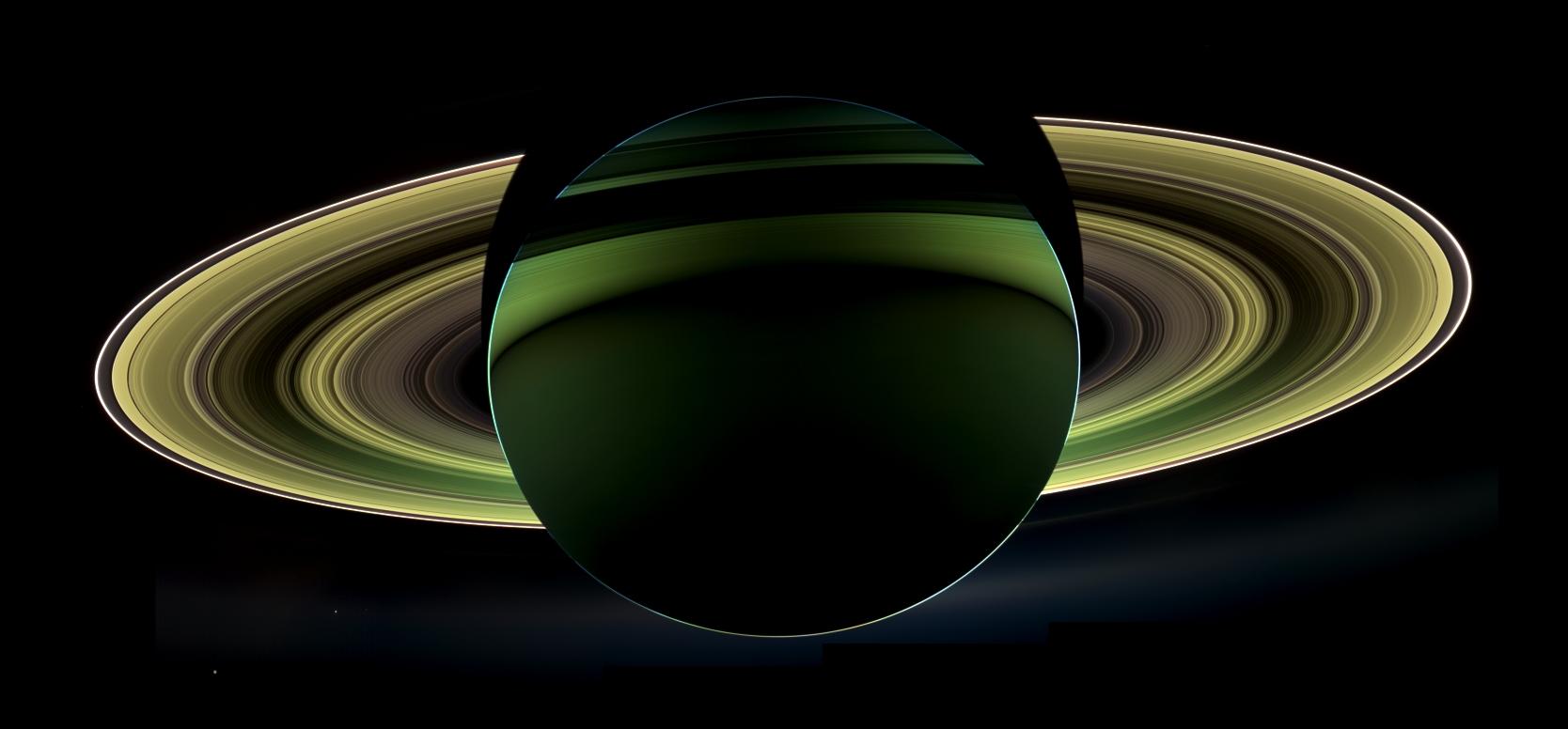3 min read
Todd J. Barber, Cassini lead propulsion engineer
As Cassini begins its fourth year in Saturnian orbit, it's a nice time to reflect on a plethora of NASA awards recently given to Cassini team members. During an annual ceremony held in June of 2007, group and individual achievement awards were bestowed on members of the flight team. It's wonderful to be recognized in this way from clear across the country at NASA Headquarters, and our team members are most appreciative of this recognition. With no time to rest on laurels, the spacecraft team has been very busy the last few weeks. Major activities included a multitude of maneuvers and the successful Titan-33 flyby at 1932 kilometers (1200 miles) in altitude and a speed of 6.2 kilometers per second (3.8 miles per second). This flyby was primarily for radio science, and it went off without a hitch. Titan's interior seems no less willing to give up its secrets than the surface, but these encounters are critical for assembling the story of Titan's subsurface, including the potential for a liquid water ocean.
This flyby also entailed crossing Saturn's ring plane at a more perilous location than usual, so the flight team took the familiar but infrequent precaution of closing the main-engine cover for this critical ring plane crossing. Our main engine will be required dozens of times for future OTMs, so it is important to protect its critical thermal protective layers from micrometeroid hits. OTM-119 executed successfully on Tuesday, July 3, 2007 (PDT), just before America celebrated birthday number 231. We believe this is the smallest "clean-up" (post-flyby) maneuver ever, with a speed change required of only 24 millimeters per second (or 0.054 mph!). OTM-120, the Titan-33 to Titan-34 apoapsis maneuver, was actually deleted in the trajectory design, so this offered the maneuver team a much-needed mini "break" from the incessant rocket firing schedule experienced since January.
Various flight team members came together for root beer floats the day before Independence Day, a wonderful celebration of recent accomplishments and a great networking opportunity among teams. Personally, this gathering allowed me to query science team members about the latest results from Saturn's satellites. A recent press release about bizarre Hyperion dominated the conversation. This moon resembles a giant loofah sponge, would float in a giant bathtub of water, and apparently has cup-like craters filled with hydrocarbons on its surface of water ice and dry ice. How's that for an object just begging further exploration? It's just one of dozens of satellites orbiting the ringed planet, revealing their darkest secrets to our intrepid robotic explorer bit by bit.







